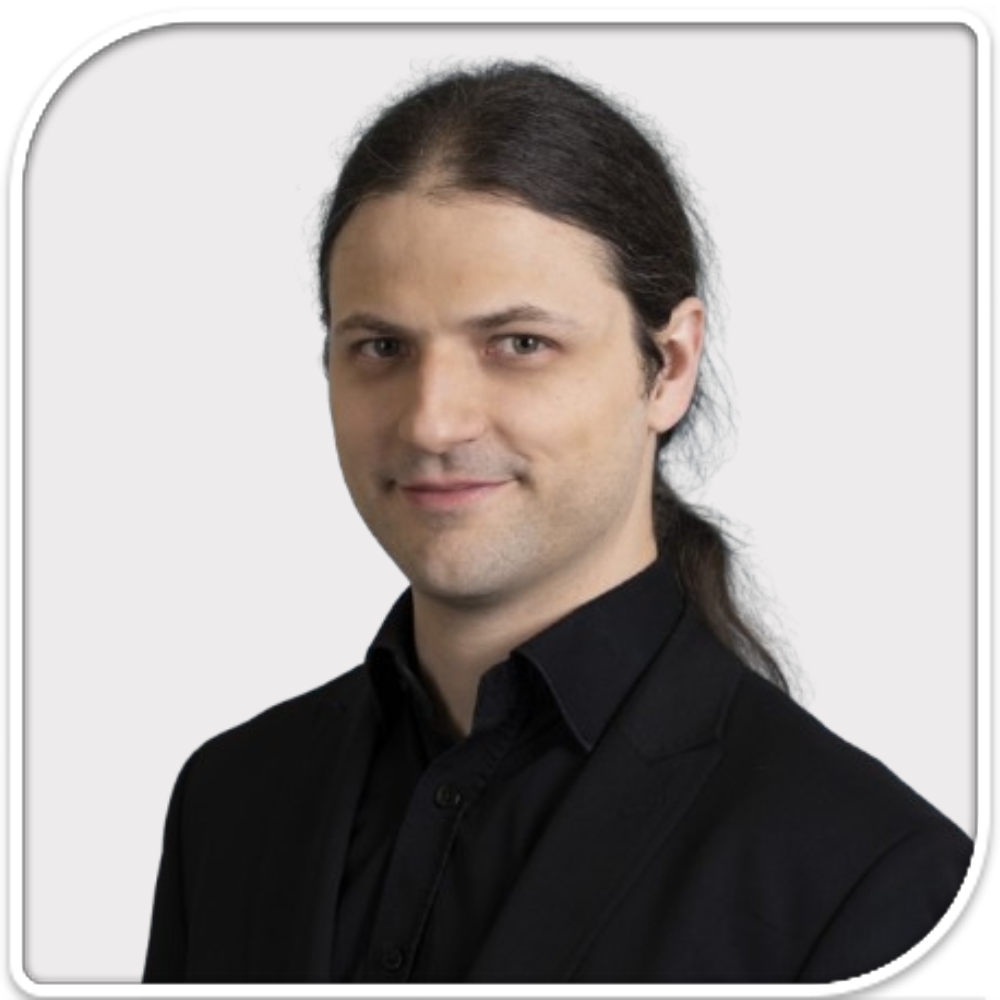Mikołaj Ogrodnik
Dr. Mikołaj Ogrodnik of the Ludwig Boltzmann Research Group in Austria will be presenting at the 2nd World Congress on Targeting Longevity on the topic of "Healing, Senescence, and Longevity: Spatiotemporal Controls in Tissue Repair"
Abstract:
Tissue repair is not merely a biological process but a fundamental aspect of human longevity and resilience. From a broader perspective, the ability of tissues to repair themselves efficiently and maintain functional integrity is central to healthy aging and extended lifespan. Wound healing embodies a complex interplay of immediate cellular responses, spatial organization, and long-term physiological consequences, making it a key subject in the science of longevity.
Our research explores the spatiotemporal regulation of healing—how the body orchestrates repair across time and space. We have identified that the phosphorylation of ribosomal protein S6 (rpS6) occurs immediately upon injury, forming a distinct “zone of activation” surrounding the wound. This zone encapsulates critical processes such as proliferation, growth, angiogenesis, and cellular senescence—a state of stable cell cycle arrest that plays a paradoxical role in aging and tissue regeneration. Cellular senescence, often associated with aging and degenerative diseases, reveals a nuanced role in healing dynamics. Within minutes to hours of injury, surrounding skin cells rapidly enter a senescent state, contributing to wound closure by influencing migration and tissue remodeling. However, interfering with this early senescence impairs the healing process, while targeting it at later stages has no impact on wound closure.
Interestingly, the mechanisms underlying wound healing share similarities with those observed during aging. Both involve inflammation, immune cell infiltration, accumulation of lipid droplets and cellular senescence, among others. This overlap suggests that the machinery used for acute injury responses may also contribute to chronic changes seen in aging. This understanding opens new avenues for addressing age-related diseases and the aging process itself by exploring how interventions in one area might impact the other. By examining the parallels between wound healing and aging, we can uncover novel strategies to enhance tissue repair and longevity.
In summary, this presentation will explore the intricate mechanisms of wound healing, revealing a complex interplay between tissue damage responses such as cellular senescence and aging processes, which offers new insights into understanding and potentially counteracting age-related diseases.
Targeting Longevity 2025
October 29-30, 2025
- Berlin, Germany
www.targeting-longevity.com
